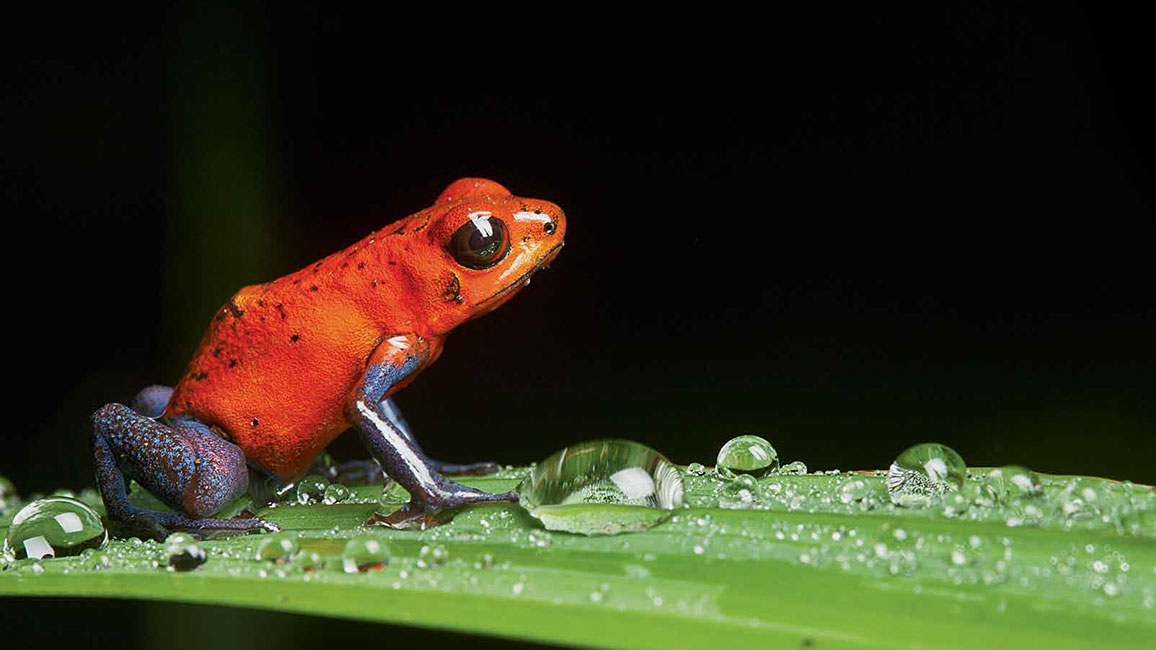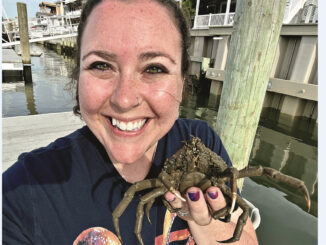
Look—Don’t Touch!
By Ellen LambethWhat may be pretty to the eye could be deadly to the touch.
The frog above is small enough to perch on your finger. But you would want to think twice about letting it do that. Why? Because it’s a poison frog.
TOO TERRIBLE TO TOUCH
Many kinds of poison frogs are toxic (poisonous) enough to paralyze or even kill most predators. And the deadliest of all is the golden poison frog. The terrible toxins in just one of these tiny terrors would be enough to kill ten people!
Hunters in some South American tribes have figured out how to use the frog’s toxin. Without hurting the frog, a hunter wipes the tips of sharp, wooden splinters (darts) on its back to coat each one with slimy toxin. When he comes across prey, he loads a poison dart into one end of a special hollow stick called a blowgun. Then he aims it at his target and blows forcefully into the other end to shoot out the dart. And now you know why many people call these frogs “poison dart frogs.”
POISON PARENTS
Poison frogs may cause other creatures to steer clear. But they’re very caring to their own young. When it’s time for a pair to mate, the first step is to find a moist egg-laying spot. After the eggs are laid, one or the other parent guards the eggs and makes sure they don’t dry out. The parent will even pee on the eggs if needed to keep them moist.
After a couple of weeks, tadpoles (baby frogs) hatch out of the eggs. But the tadpoles need to get to a body of water to continue growing. How? They wriggle onto their parent’s back to go by Piggyback Express! The parent then carries them—all together, a few at a time, or one by one—to a small stream or pool. That pool may even be way up high in the treetops, in a cup-shaped plant called a bromeliad (broh-MEE-lee-ad).
COLOR ME DEADLY
Poison frogs range in length from only a half-inch to a couple inches. But despite their tiny size, many can pack a powerful punch. So if you ever find yourself in their rainforest home, keep your eyes open and your hands off!



















